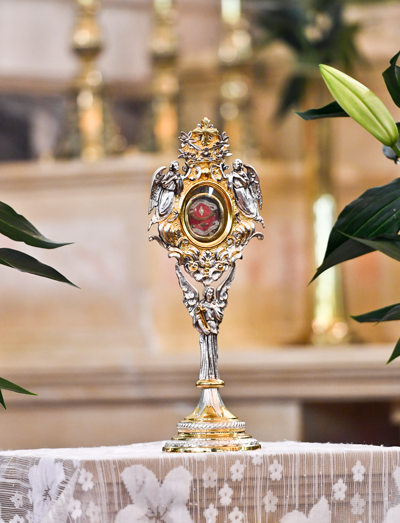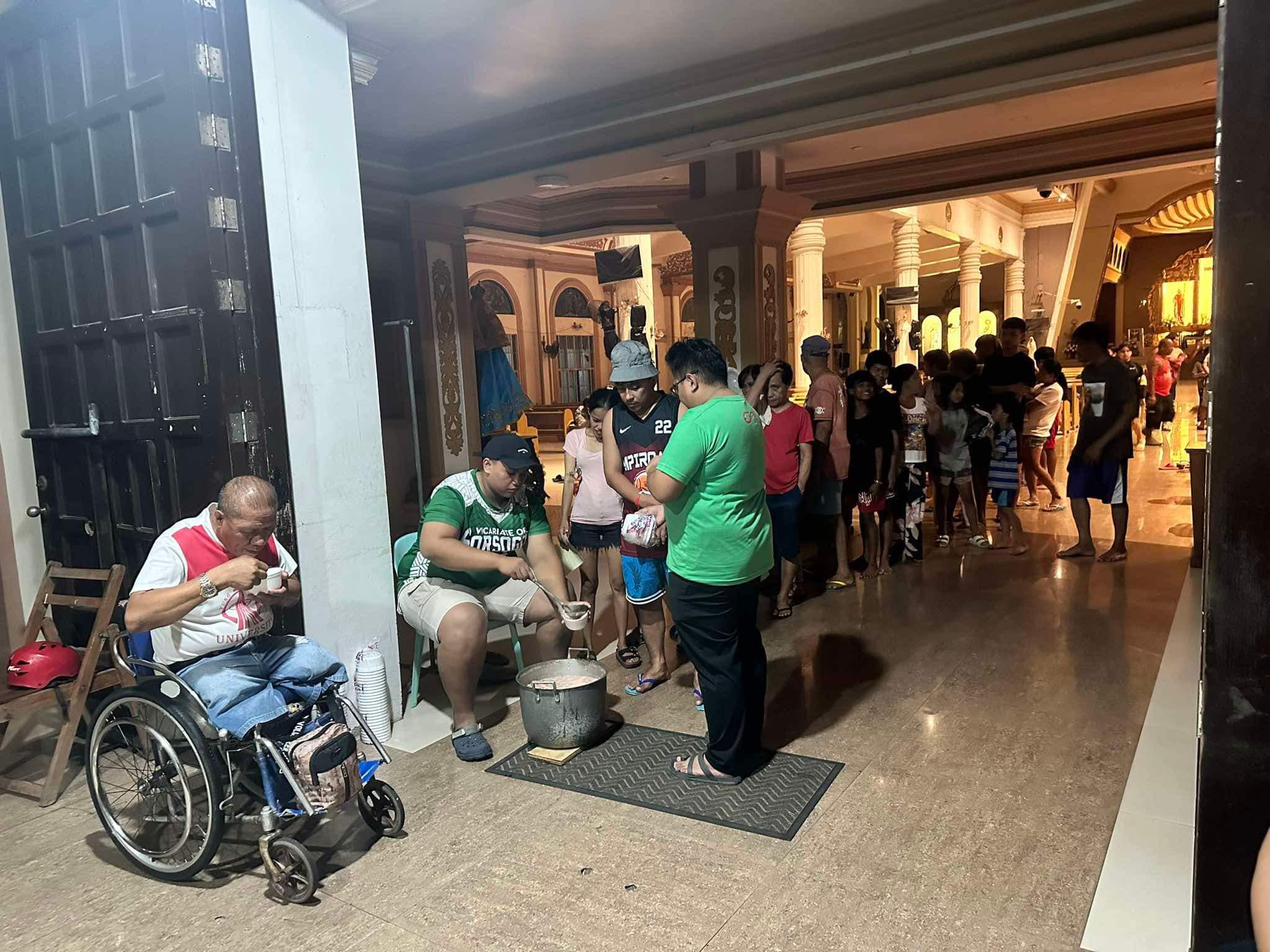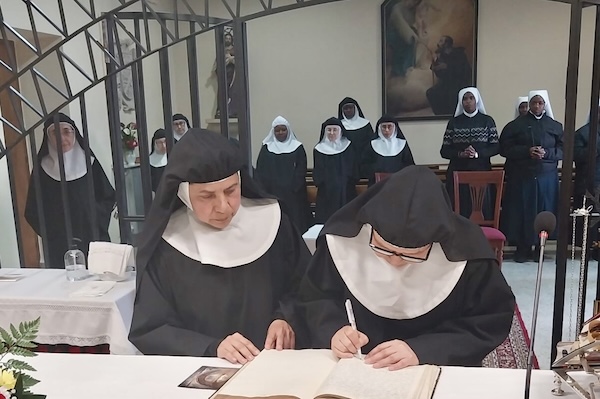Enrico Finotti
Only on the solemnity of All Saints the high altar of our churches is adorned with beautiful reliquaries. What is the reason behind this, clearly, ancient tradition? – A sacristan
There is no doubt about the antiquity of the tradition that places the relics of martyrs – and later also those of other saints – under the altar, or inside the body of the altar, or on the altar itself. The reason is poignant and powerful. The saints, in particular the martyrs, shared the sacrifice of their lives with Christ – they are victims in union with the divine Victim. For this reason, it is more than ever fitting that their sepulcher be in proximity to the altar, on which the bloodless Sacrifice of Calvary is performed and from which the saints drew the grace that sanctified their lives.
The image is present in the Apocalypse, where St. John states: “When the Lamb opened the fifth seal, I saw under the altar the souls of those who were sacrificed for the word of God and the testimony they had given him” (Ap 6:9). From this vision, the Church took the idea to place the bodies of the martyrs under the altar itself. Think of the tombs of Peter and Paul, and other martyrs in the basilicas dedicated to them. The liturgical tradition has then, over the centuries extended, to some degree, the custom of associating the altar with the relics of the saints. These relics that were necessary to be able to proceed with the dedication of a church in ancient times, are still recommended today as a precious gift. An apologia for the Vetus Ordo Missae, which the priest recites in secret before kissing the altar, clearly states how normal the presence of relics on the altar has become: “O Lord, by the merits of your saints, of whom the relics and all Saints […], grant the forgiveness of all my sins.”
While carefully evaluating the authenticity of these relics, we must not forget the value of those minor relics (having acquired their status “by contact”) that have entered the liturgical use of the Church, in order to not completely lose the link of the altar with the venerated saints. After all, another vision of the Apocalypse can illuminate us somewhat: “And another angel came and stood at the altar with a golden censer; and he was given much incense to mingle with the prayers of all the saints upon the golden altar before the throne;and the smoke of the incense rose with the prayers of the saints from the hand of the angel before God” (Ap 8:3-4). Well, especially on the solemnity of All Saints, seeing the altar adorned with precious reliquaries, which must be appropriately preserved and possibly restored, the faithful are led to join their prayers with that salient incense, which burning on the ground altar is intertwined with that of the golden altar of heaven, at the same time depicting the perfect holocaust of Christ in close symbiosis with the prayers of all the saints. These liturgical symbols, experienced by a centuries-old tradition and re-proposed in sacred rites, are able to express, with admirable symbolic efficacy, the mystery of the Communion of Saints, which reaches its summit precisely on this solemnity.
(From “La spada e la Parola. Il liturgista risponde”, 2018©Chorabooks. Translated by Aurelio Porfiri. Used with permission of the publisher. All rights reserved)


 Follow
Follow


